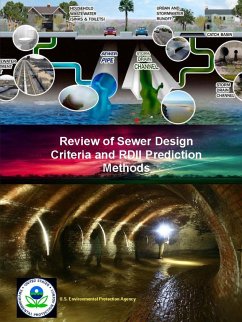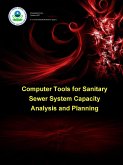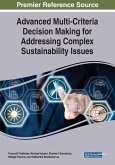Rainfall-derived Infiltration and Inflow (RDII) into sanitary sewer systems has long been recognized as a source of operating problems in sewerage systems. RDII is the main cause of sanitary sewer overflows (SSOs) to basements, streets, or nearby streams and can also cause serious operating problems at wastewater treatment facilities. SSOs usually contain high levels of pathogenic microorganisms, suspended solids, toxic pollutants, floatables, nutrients, oxygen-demanding organic components, and oil and grease. There are serious concerns of potential health and environmental risks associated with these discharges. The Nation's sanitary sewer infrastructure is aging, with some sewers dating back over 100 years. Nationwide, there are more than 19,500 municipal sanitary sewer collection systems serving an estimated 150 million people and about 40,000 SSO events per year.
Hinweis: Dieser Artikel kann nur an eine deutsche Lieferadresse ausgeliefert werden.
Hinweis: Dieser Artikel kann nur an eine deutsche Lieferadresse ausgeliefert werden.








